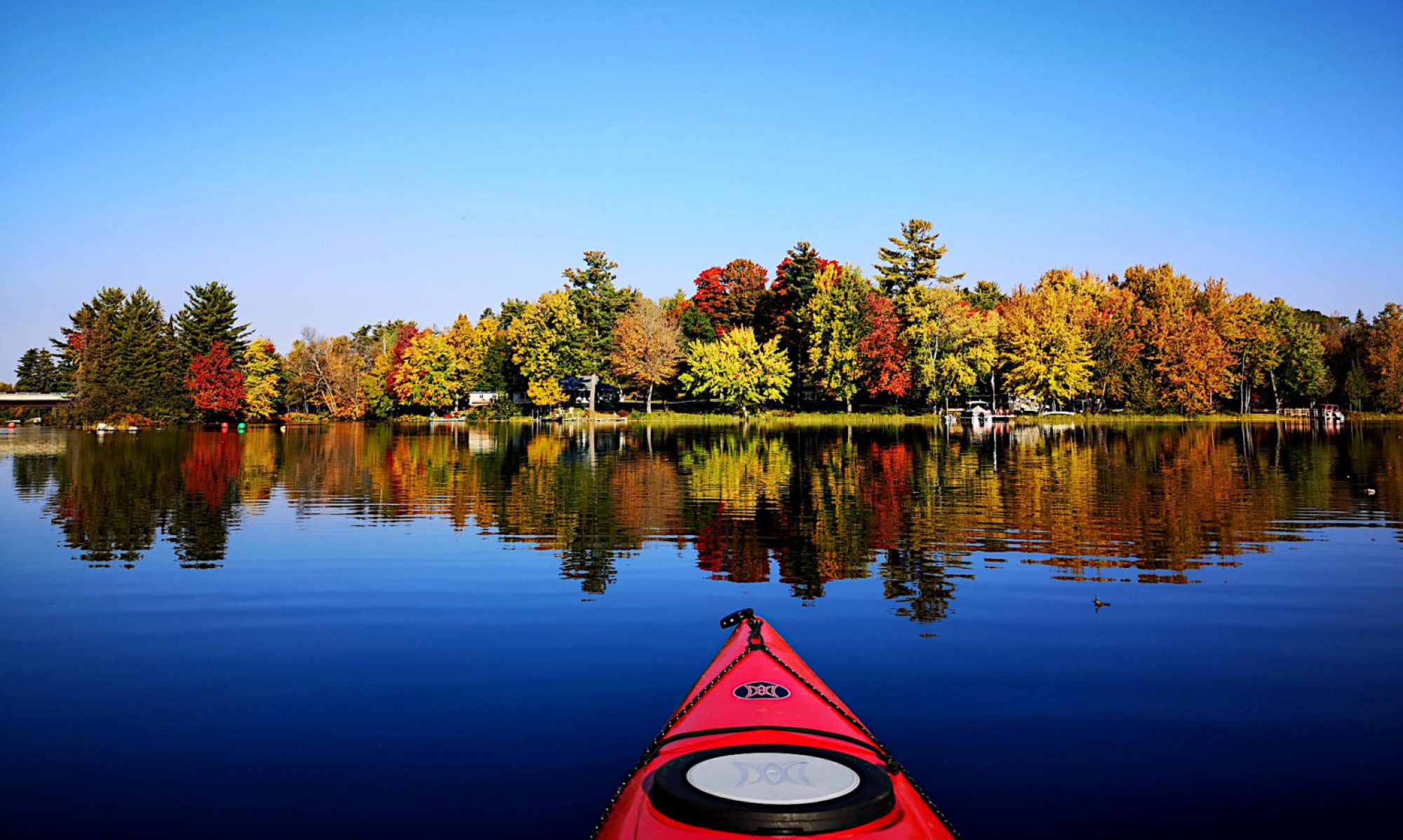
From the New York Times: “After six weekends of deliberating, a group of Austrian citizens decided how to divvy up the riches of the heiress Marlene Engelhorn, who is donating the bulk of her inheritance to charity in an attempt to challenge a system that allowed her to accumulate millions of euros. The Guter Rat für Rückverteilung (“good council for redistribution” in German), a group of 50 residents in Austria advised by experts, chose 77 organizations that would receive money from Ms. Engelhorn’s fortune over the coming years. Ms. Engelhorn, 32, turned to the public to help redistribute her wealth, challenging the lack of inheritance tax in her native Austria. In January, she sent invitations to 10,000 Austrian residents, asking them for help spending 25 million euros (about $26.8 million) of her fortune, which she inherited when her grandmother died. The research group Foresight selected 50 of those residents.”
Vikings never wore helmets with horns on them, so why do we always picture them that way?

From Vox: “Popular imagery of Vikings is filled with lots of horned helmets. It’s everywhere from football mascots (like the Minnesota Vikings) to far too many New Yorker cartoons. The only problem is that those horned helmets are a complete myth. The main culprit? Costume designer Carl Emil Doepler, who included horned helmets in his gorgeous costume designs for the 1876 performance of Wagner’s classic Norse saga, Der Ring des Nibelungen. The opera was so influential that Vikings with horned helmets became a new standard — despite the fact that they were mythical. Germans were fascinated by Vikings, at least in part because they represented a classical origin story free from Greek and Roman baggage. So Doepler and other scholars intertwined German and Norse history in a surprising way: They put stereotypical ancient German headdresses — like horned helmets — on Viking heads.”
Note: This is a version of my personal newsletter, which I send out via Ghost, the open-source publishing platform. You can see other issues and sign up here.
Continue reading “An Austrian heiress let a group of strangers donate her fortune”












